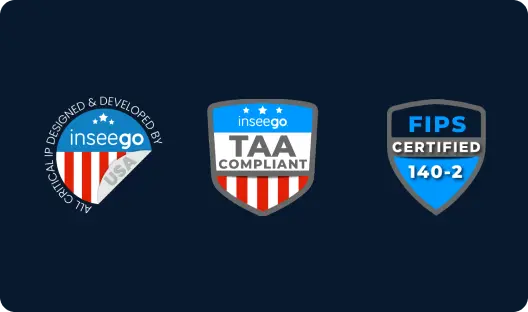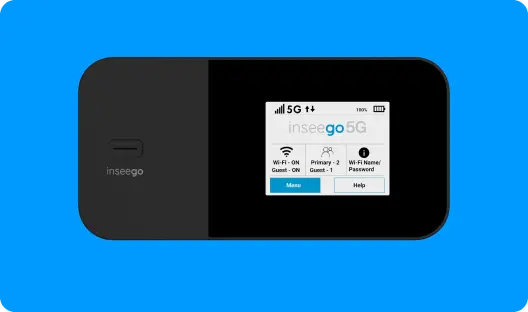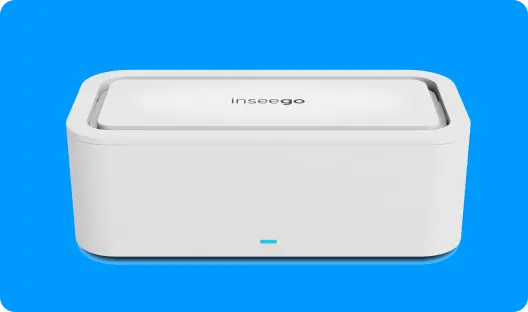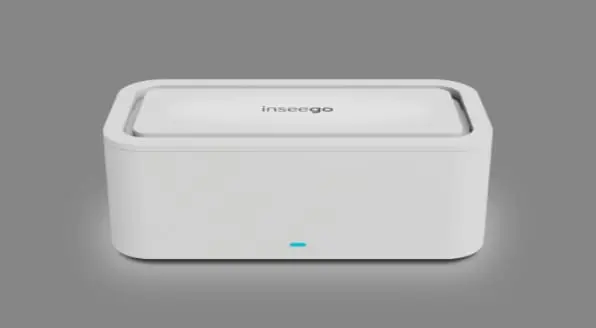Also in this category
View more in Safety & SecuritySafety & Security
ZTNA vs VPN: Why zero trust network access is the right choice

Secure remote access solutions are incredibly important for your business and finding the right one for your needs is critical. Zero trust network access (ZTNA) and virtual private networks (VPNs) are both viable options.
VPNs are secure private networks that use tunneling protocols and encryption to secure data traveling remotely over public networks. They are often used to bypass censorship and geographic restrictions on content, and have become more and more popular, both for consumers and for businesses. VPNs can be cumbersome and complex, lacking the security features, granular control, insight, scalability, and latency needs of modern businesses.
ZTNA is a less well-known cybersecurity strategy used to secure access to corporate networks. This approach works by assuming that all systems and users must be authenticated and authorized every time they attempt to access resources. It uses micro-segmentation, identity management, and authentication technologies to secure access and protect corporate data from unauthorized use. This approach offers several crucial advantages over VPNs, which is why more enterprises are finding that a zero-trust strategy is the right choice for their distributed and remote operations.
There is no one-size-fits-all solution when it comes to network security, and the decision between a VPN and ZTNA will depend on your business's specific needs. Here are some factors to consider when deciding which solution is best for your company:
Lightweight, simple to deploy, and seamless
While VPNs are good for basic remote work needs, they lack the security features necessary to support an effective security posture for today’s distributed digital workplace. One of the main limitations of VPNs is their inability to offer granular access control and authorization, as well as provide insight into each user’s identity and behavioral anomalies.
A zero-trust strategy sidesteps the complexities of traditional VPNs, such as costly hardware and cumbersome client software. Network access is cloud-based, so there is no need to install VPN clients, eliminating most of the common deployment issues. This simplifies onboarding and user access to Software-as-a-Service (SaaS) applications by delivering secure connectivity for both on-premises and off-premises users without the need for a client or VPN connection.
Remote users also benefit from a superior experience. Authorized users can log in quickly, connect securely, and access specific applications assigned to them, regardless of location. Secure network connections to SaaS applications preserve the security of internal systems and data centers. With faster and more secure access to data with minimal latency due to optimized routing and encrypted tunneling protocols, remote workers benefit from a more seamless experience without compromising the security of the corporate network.
Improved visibility over remote devices and users
Another advantage of a zero-trust strategy is that it provides a single platform on which to manage and control access across an entire network. IT departments can more effectively manage user access by setting granular access permissions that dictate the level of access individual users can have, where they can access, and the resources they can consume.
Enable network flexibility with cloud technology
With more control over user access, IT teams can ensure the network is structured to help businesses become more agile and efficient. This modern approach to cybersecurity is designed for cloud-native and hybrid cloud architectures, enabling organizations to create virtual business networks that span both on-premises and off-premises resources. These virtualized networks provide flexibility that can help organizations more easily and securely access and scan protected services, applications, and infrastructure.
Modern protocols and upgradeable security policies
Finally, VPN solutions are becoming increasingly vulnerable to attack due to their reliance on archaic protocols, such as PPTP and L2TP. Zero-trust architecture is designed with modern protocols such as SSL, IPsec, and IKEv2, which offer a much higher level of encryption. A zero-trust approach also uses multi-factor authentication, which reduces the network’s attack surface. The network can be further secured with upgradable security policies, which help to protect businesses from data breaches and applications from cyberattacks.
Security effects on network speed
VPNs require all network traffic to be routed through a designated server, regardless of the destination. This adds an extra step in the communication process, resulting in longer response times and slower network speeds. In contrast, ZTNA solutions utilize a zero-trust approach, where access is dynamically granted only to authorized users and applications. This means that network traffic is not forced through a central server, allowing for direct connections between endpoints. As a result, data can flow more efficiently and with lower latency, resulting in faster network speeds and better user experience.
ZTNA solutions come bundled with SASE and SD-WAN
The rise of remote and mobile workforces, along with the growing adoption of cloud services and applications, has also led to the emergence of Secure Access Service Edge (SASE) and Software-Defined Wide Area Networking (SD-WAN) solutions. SASE is a network architecture that integrates network security with network connectivity, providing a unified approach to delivering secure access to cloud-based applications and services. SD-WAN is a technology that enables organizations to manage and optimize their WAN connections, including internet, MPLS, and 5G, to improve application performance and lower costs.
By combining ZTNA, SASE, and SD-WAN capabilities, organizations can create a robust security architecture that aligns with the Zero Trust principle of constantly verifying and authorizing user access. This approach not only enhances network security but also makes it easier for organizations to adapt to the evolving demands of a digital workforce and the cloud-based environment. Additionally, it simplifies network management and reduces costs, as organizations do not have to invest in separate point solutions for each of these capabilities.
Learn more about SASE Learn more about SD-WANDeployment should consider security needs and business goals
Before beginning the deployment process, it is important to have a clear understanding of your organization’s security requirements. This should include things such as the types of devices, endpoints, protocols, and systems that are in use, the geographic locations of your end users, and the type of data that needs protection. Once these requirements have been established, you can begin the process of researching the available solutions and comparing features, products, and pricing.
After you’ve chosen your ideal ZTNA solution, it is time to begin the deployment process. This should include thorough testing of the chosen product, as well as a comprehensive roll-out strategy that considers your users’ needs and capabilities.
The deployment process should also include educating your users on the new security policies and expectations associated with the zero-trust approach. Finally, a plan should be put in place to monitor and maintain the system over time to ensure smooth, secure remote access for all users.
Selecting the right security solution for your business needs
A zero-trust network solution is ideal for businesses that require enhanced security and more control over their networks and user access to cover a larger variety of vulnerabilities. Investing in the right zero trust approach for your business will ensure that remote access by all employees to all resources is secure, scalable, and flexible enough to meet the demands of a changing digital environment.
Inseego can help. We have deep experience with every kind of network solution, from 5G to Wi-Fi, including numerous industry firsts, and we can support enterprises every step of the way toward effective deployment. And our Inseego 5G SD EDGE software enables network services for your enterprises, providing:
Authentication, with three different authentication modes (local, external RADIUS, and Azure AD)
Authorization, to control what users can and can’t do
Accounting, which provides data on user activity
To learn more about our zero-trust network access technology and how it can help your enterprise, read more. To find out how Inseego can help your business take advantage of this powerful technology, contact us.
To find out how Inseego can help your business take advantage of this powerful technology, contact us.










